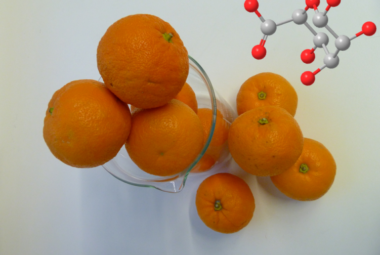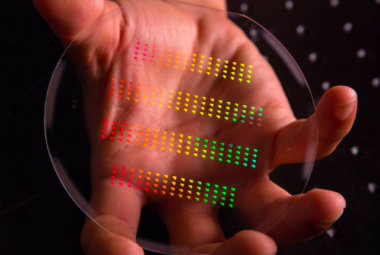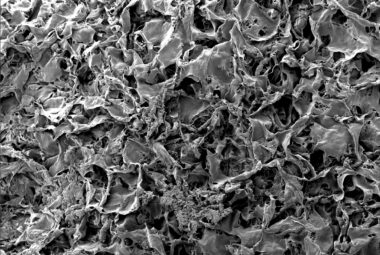E-beam irradiation of defatted liquid camel and cow milk fractions
Milk is considered to be a complete food because it contains the main necessary elements for sustenance (Zhang et al., 2021), however, in many arid and semi-arid regions, heat, water scarcity, and the lack of natural resources are unfavourable for milk production from dairy cows....











